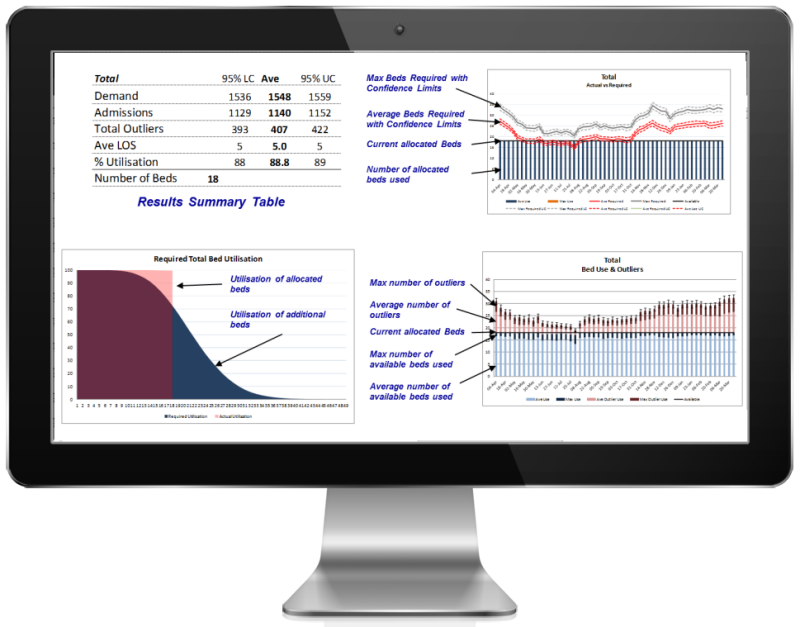Engaging Clinicians and Commissioners in Bed Management
Isle of Wight NHS Trust is the only integrated acute, community, mental health and ambulance health care provider in England. The Trust provides a full range of health services to an isolated, elderly offshore population of 140,000, creating a unique, challenging healthcare system to manage.
Based at the heart of the Island, with 246 beds St Mary’s Hospital is their main base for acute service delivery handling 22,685 admissions a year. The Isle of Wight aims to maximize patient flow across the entire Health and Care System to improve the delivery of urgent and elective care and helping people stay as independent as possible.

